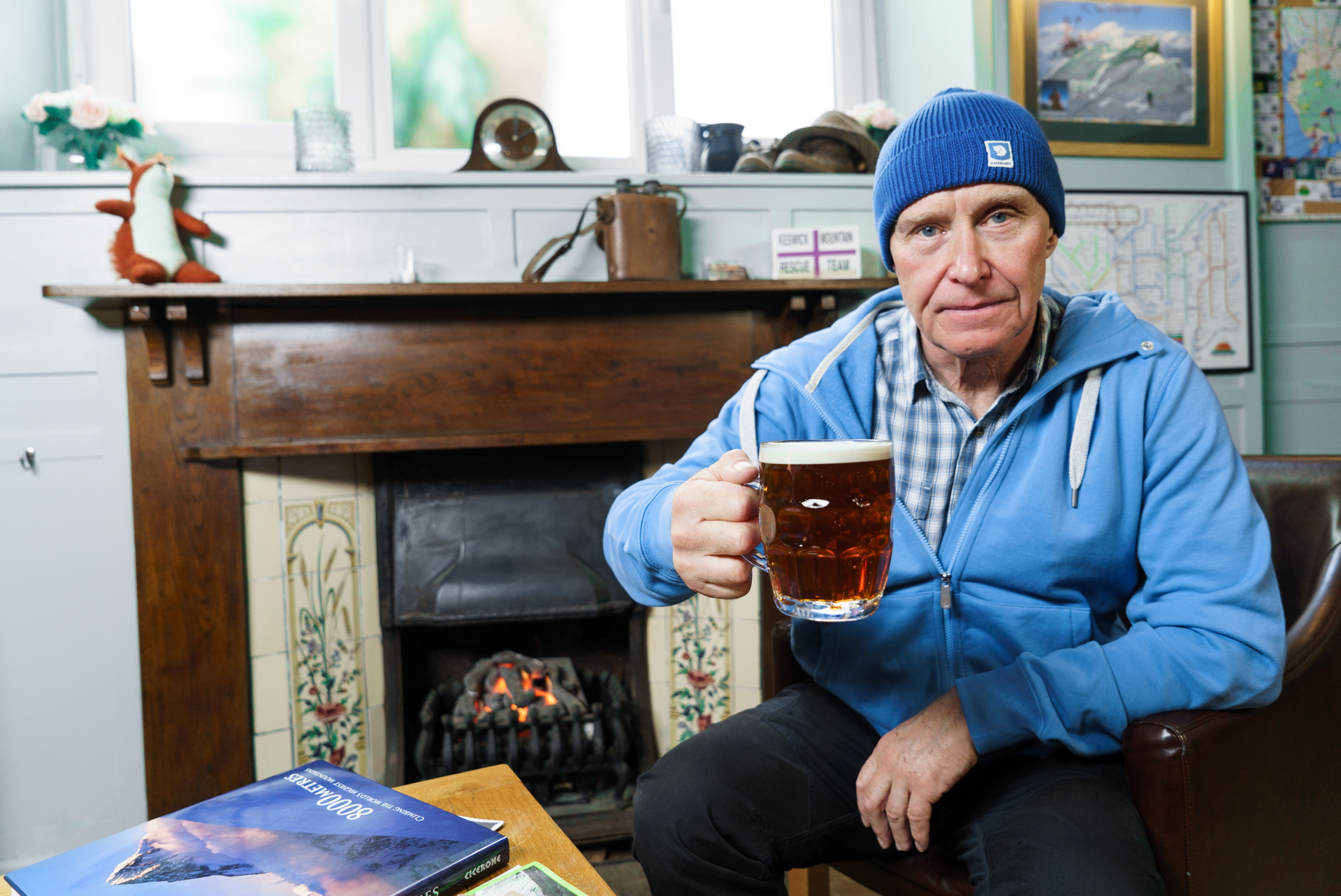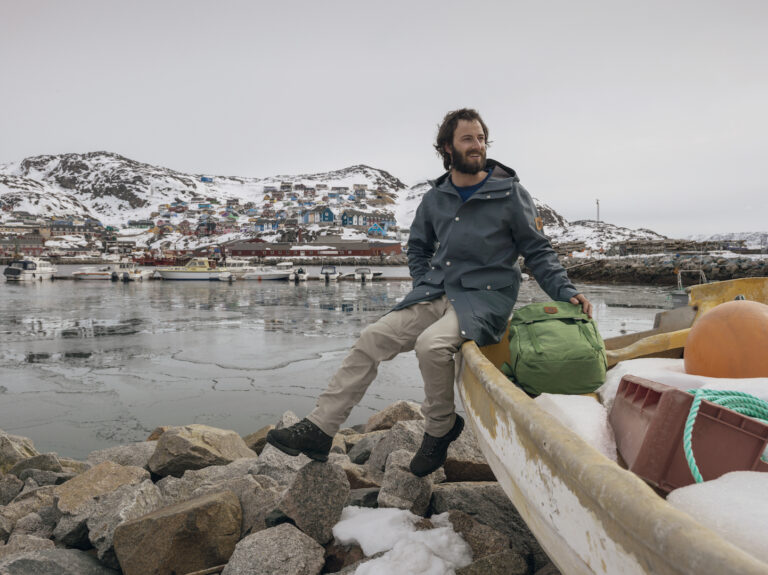“It’s a very difficult feeling to explain,” says Alan Hinkes who’s sat opposite me in the Wainwright pub in the Lake District town of Keswick. “Imagine you’ve got the flu and then are suffering from a hangover and someone tries to force you to run a marathon in a blizzard… naked. That’s what it feels like. Actually, it’s probably worse than that.”
He’s referring to the effect of extreme altitude on the human body, something that he became very familiar with during a period of 18 years spent climbing all 14 of the mountains over 8000m. Only 50 people in the world – with Alan the only Briton amongst them – have achieved such a feat and a tragic amount have died trying.
“You’ve got to be able to suffer to climb an eight-thousander, and I was born and bred in Yorkshire, so I’m used to a bit of suffering,” he tells me.
It was as a young teenager in North Yorkshire that Alan first developed a passion for mountaineering after he’d picked up a book called Let’s Go Climbing! by Colin Kirkus. Thereafter he progressed from school hillwalking trips on the local fells to rock climbing on the sandstone and limestone outcrops of North Yorkshire and then on to the bigger crags of the Lake District.
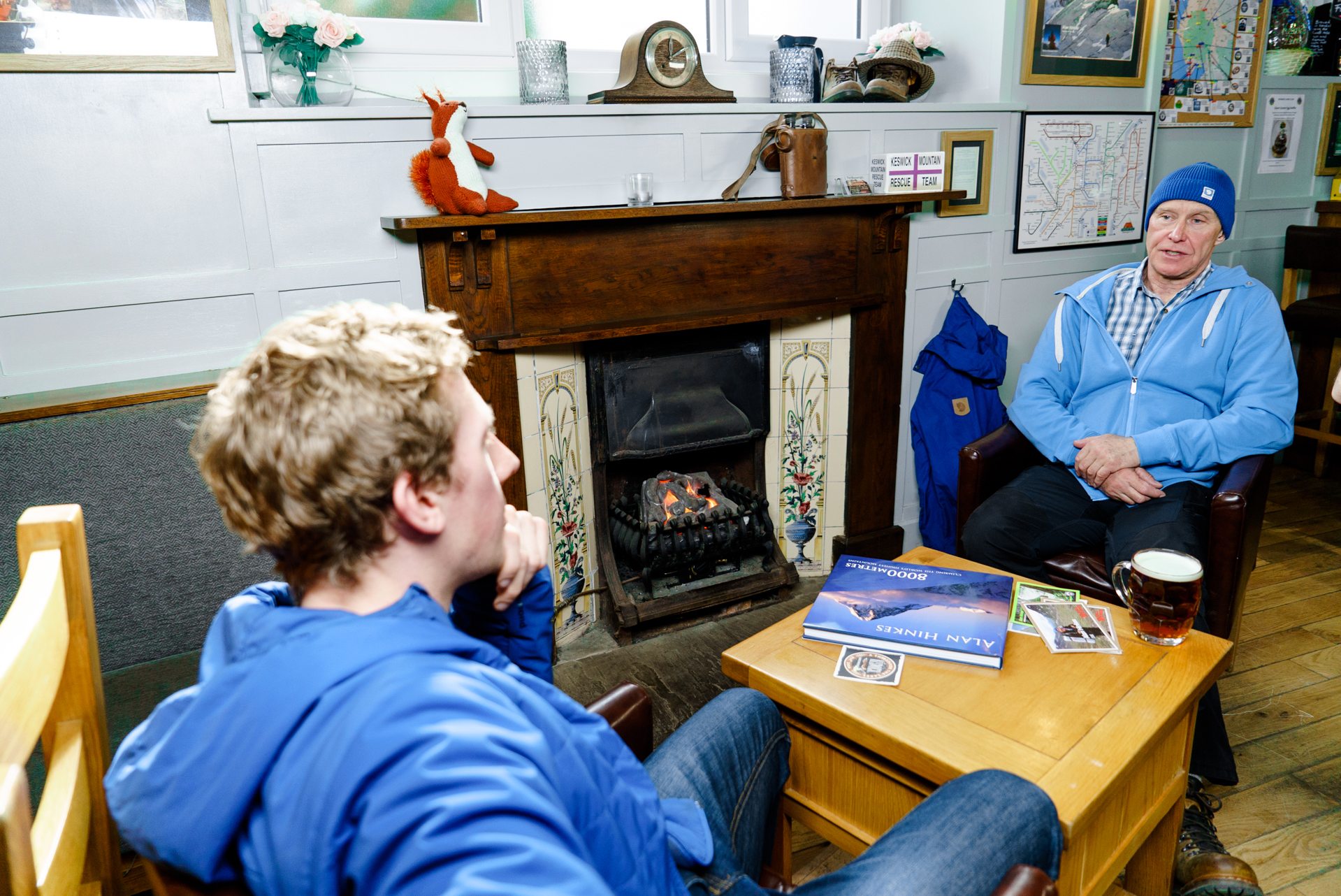
“I always aspired to do the bigger mountains,” he tells me, “so I eventually ended up doing the traditional apprenticeship of climbing in Scotland in winter, and then going to the Alps and doing things like Mont Blanc, the north face of the Eiger and the Matterhorn. Then eventually I got the chance to go to the Himalaya.
“I first started Himalayan climbing with Polish mountaineers – pretty gnarly chaps and chapesses – and I learnt a lot from them, then I started organising my own expeditions and the rest is sort of history.”
History indeed. When Alan consciously began his attempt to climb all 14 of the eight-thousanders only five people had achieved such a feat. More people had stood on the Moon.
“It got to the point when I’d got eight of the eight-thousanders climbed,” he says, “that I guess I decided to do all 14. It took me 17 years to do all of them, and 27 attempts. I should say I class that as 27 successes, because as I always say, no mountain is worth a life, coming back is a success and the summit is only a bonus.”
It’s this practical, rational approach to climbing mountains that has undoubtedly played an enormous part in not only his success over the years, but the very fact he is still alive.
“Those mountains don’t take any prisoners,” he reflects. “You don’t conquer an eight-thousander. They only let you sneak up it and sneak back down. And it’s the descent where most people get killed. Quite often I’m asked how I celebrate on top of a summit and I don’t. I might be up there five minutes, get a photograph and then I’m heading down. My ascent is to basecamp via the summit – so I always make sure I have enough for the descent.
“No mountain is worth a life. I also don’t think any mountain is worth a digit and most people who’ve done or attempted what I’ve done sadly get frostbite and have had bits amputated… and I like to wear flip flops in the summer, and if you lose your toes you can’t wear them. So I’ve still got ten toes, ten fingers and that makes 21 sticky out bits… including my nose.”
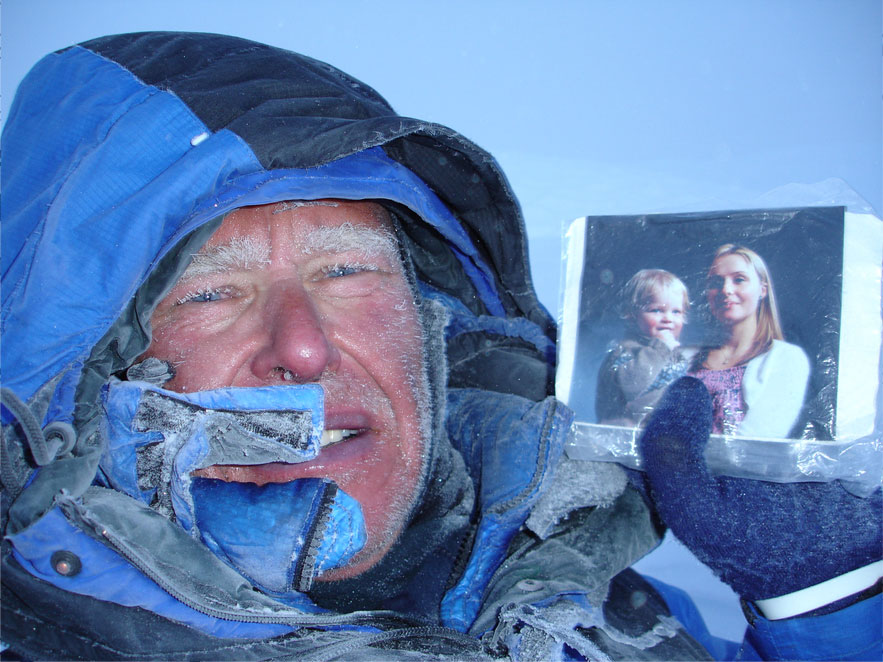
Alan has still had his fair share of accidents and near misses – very near misses – over the years. “The last 8000m I climbed which was the third highest mountain in the world, Kangchenjunga, I definitely had a near death experience on that,” he says. “The final ascent was a grand finale. I got to the top just before dark and on my own, then it started to blizzard and I started shaking and hyperventilating. The light from my headtorch just reflected off the snowflakes and I became aware I was likely to get avalanched. I suddenly realised, here I am on my own at 8,500 metres – I’m probably going to perish. But I managed to pull myself together and focussed on the strategic task of getting down, and with that it became sheer pleasure trying to fight my way back to basecamp. I can’t describe the ecstasy of it.”
Then there was the time he was hit by an avalanche on the north side of K2, a story that Alan tells with a hint of amusement despite the fact that the outcome was so nearly a harrowing one: “I was lying by myself in my tent on a narrow ice ledge that I’d dug out of the mountainside and I heard this avalanche coming down. Luckily at the last second, I dived out of my tent, just in my underpants and pushed myself up against the ice wall. The avalanche came down, missed me and completely flattened the tent. The ice and snow debris settled around me and then immediately set like concrete around my thighs. I was at over 6,500m, frozen into a ledge and thinking the next climbers who come up are going to find a dead climber in his underpants. As it happened there were a couple of friends on a ledge nearby and they managed to traverse across and chop me out.
“I’ve experienced a few tragedies – perhaps too many to talk about…”
“Most people say that mountain, K2, is the Gold Medal, because it’s not much lower than Everest but much, much steeper. As far as I’m aware, Everest has had about 8,000 ascents and maybe 200-300 deaths, while K2 has had only 300 ascents and 80 deaths. It’s nicknamed the savage mountain and it truly is. Nothing would make me go back to K2.”
Those who’ve read Into Thin Air by Jon Krakauer or who’ve seen the recent film Everest, will be familiar with the ‘Everest Disaster of 1996’ when nine people were killed in one day. Alan was climbing the mountain at the time. It’s only one of a number of tragedies that he’s encountered over his climbing career.
“I’ve certainly had some sad times in the Himalayas,” he says. “I’ve lost quite a few friends and come across a few bodies over the years. Two of my French friends were killed in the Himalaya. They were trying to be the first French to climb all eight-thousanders – sadly I think about nine French have been killed trying to climb them and none have succeeded yet. I’ve experienced a few tragedies – perhaps too many to talk about.”
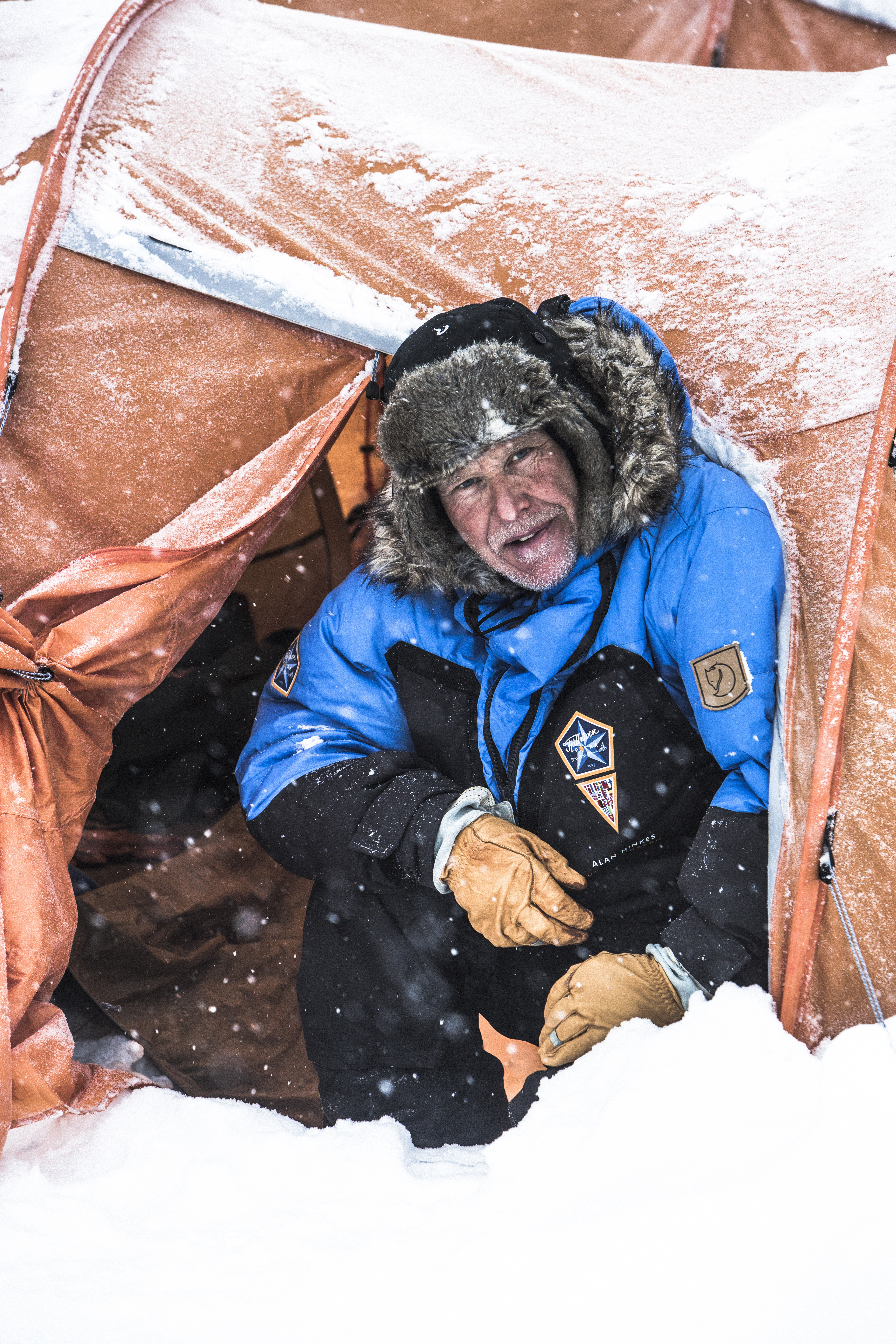
Although Alan’s last eight-thousander was over a decade ago, he still leads an adventurous life with not many days going by that aren’t spent on a hill, fell or mountain. As well as helping to promote charitable organisations like Mountain Rescue and the YHA, he works regularly with young people to give them the confidence and skills to enjoy the UK’s mountains safely. He’s also an ambassador for outdoor gear brand Fjällräven, helping to spread their message that the outdoors and nature can be enjoyed by ordinary people – that it doesn’t need to be about ultra athleticism, competitiveness, and winning. It’s a role that’s seen him trekking through the Arctic Circle on the Fjällräven Classic, and and also taking part in the Fjällräven Polar, a winter dog sledding expedition through temperatures as low as -20°C.
The world’s big mountains are by no means behind him either. “I’d quite like to do the seven summits, which are the highest peaks on each of the seven continents,” he says. “I’ve only got three of those left to do, which is the highest in Antarctica, and believe it or not, I haven’t climbed the highest in Europe – Elbrus. Then there’s Carstensz Pyramid [in Indonesia].”
There’s a challenge closer to home that Alan has set himself as well: “I still haven’t done all 214 of the Wainwrights yet,” he says, “so I’m hoping I can finish all of them this year as well – a nice little challenge to do in the Lake District.”

